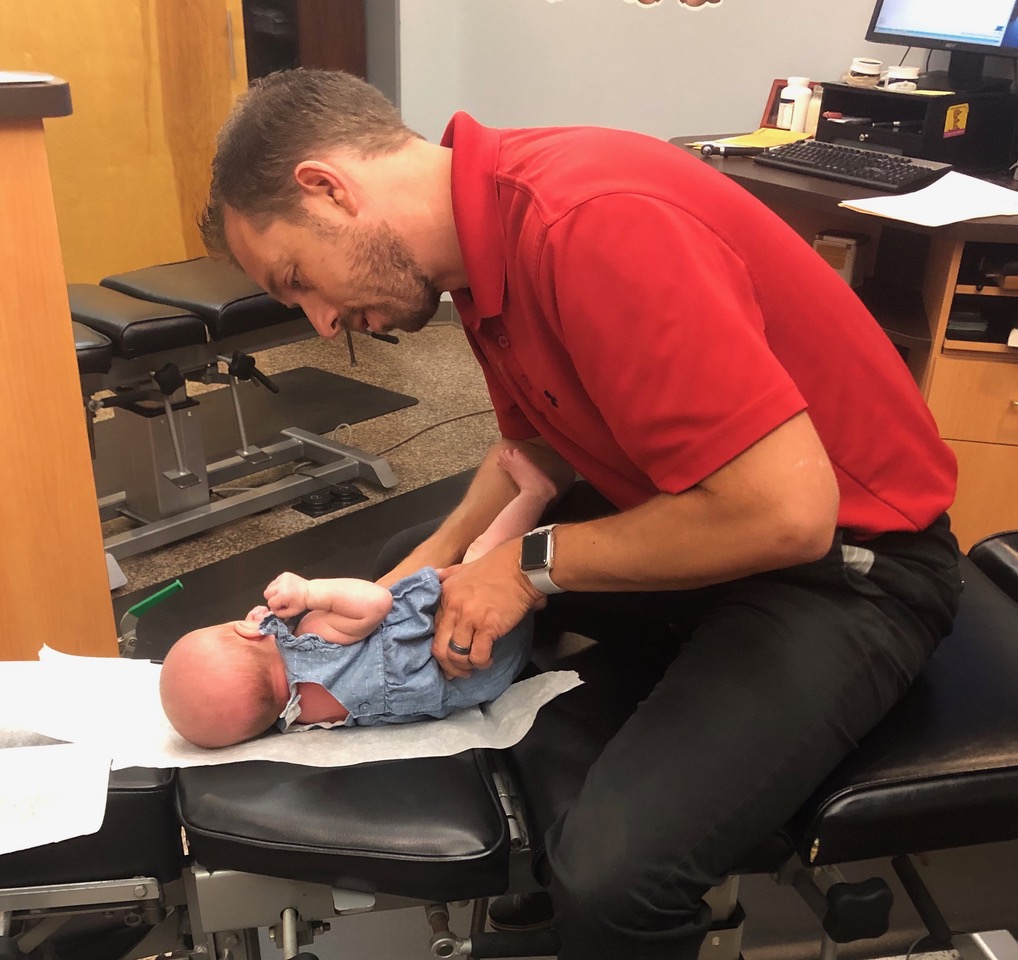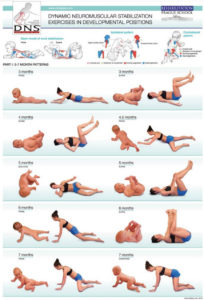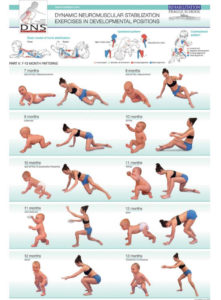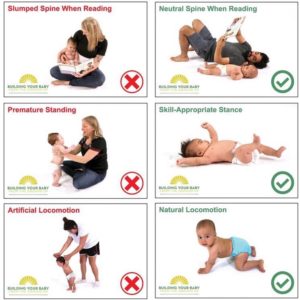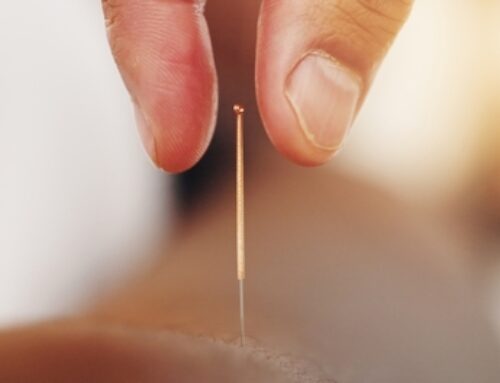People are often amazed to see a newborn baby on the chiropractic table in my office. Babies, infants, and children all have spines, so why shouldn’t they be adjusted? Certainly the adjustment techniques are modified for their unique bodies, and great care is taken to ensure their safety, but the results are powerful.
A healthy baby starts with a healthy pregnancy. Chiropractic care can be very helpful in reducing the pain syndromes often associated with pregnancy. One of my first research projects in chiropractic school studied how chiropractic care was superior to typical medical care of pregnant women with low-back pain. This study showed how chiropractic was more effective, cheaper, and more preferred by women than traditional medical care. The study helped dispel the myth that low back pain during pregnancy goes away after delivery. In fact, it showed that back pain often remained after the birth of the baby and often worsened with future pregnancies.1
Chiropractic care throughout pregnancy has been shown to aid in a smoother labor and a faster delivery. Chiropractic adjustments throughout pregnancy can help to ensure that the baby is in the most optimal position for birth by shifting the mother’s pelvis and moving properly before the birth. Mom can be safely treated up to and including during early labor.
After delivery newborns can be adjusted within just a few hours after being released from the hospital. In fact, my own children were adjusted within minutes after their birth. As children age, parents bring their infants into the office for symptoms related to colic, ear infections, problems with nursing and sleeping, as well as many other issues. Many of these issues can begin at birth. Each birth is traumatic to a child’s body, and some can be more traumatic than others with the use of labor inducing drugs, forceps, vacuum extraction, or even an extended labor. Early chiropractic care can help to reduce the trauma from birth and help a child develop appropriately.
Proper child development is key to being optimally healthy as a child. I cannot emphasize enough how important it is for each child to advance through the stages of development on their own time and that parents do not try to advance them too quickly. Never place a child into a position, such as sitting, before they are ready to do it on their own. Do not hold onto their arms to walk until they are taking steps on their own. Do not place them in a standing position until they can easily stand on their own. Each developmental stage should be celebrated. There is no need to rush to get to the next one.
Below is a reference chart for ideal early child kinesiological development. Try mimicking some of these positions on the floor with your child to get a sense of what their body is feeling. These positions can be modified slightly into an array of exercises that help to improve postural stability and coordination.
Before you dismiss the importance of children experiencing each developmental milestone, let me give you an example of what can go wrong. Children who skip crawling and go on to walking have been shown to have nearly an 80% likelihood of developing a learning disability later in life. Why? The cross crawl pattern developed during the crawling stage produced cross-bridges in the corpus callosum of the brain linking the left and right sides of the brain. It is well established that those with less of these cross-bridges struggle with reading comprehension, problem solving, and memory recall. These brain activities are dependent upon the left and right brain working together and the cross-bridges in the corpus callosum to link them.
This is just one of many correlations that physicians have observed between coordinated movement and intellectual function. Similar correlations have been made with emotional development, sensory integration and, of course, future athletic abilities. Helping your child reach these important milestones along their developmental path is a job for every parent. At an early age, parents should talk, sing and interact with their child. Get off the phone and engage with your child no matter what their age.
During the first year, get on the floor with your child and encourage them to reach or move towards items on the floor. Remember, only assist and encourage your child to perform activities and hold positions that they are doing naturally. Do not artificially place them in a position or assist them in doing a movement that they are not developmentally ready for yet.
Chiropractic may be one of the best tools to help your baby’s neurological and motor development. The chiropractic adjustment is a powerful tool in assisting the nervous system coordinate movement and can reduce many joint and muscular impediments. Feel free to ask us if you have any questions regarding your little loved ones. We love seeing happy, healthy, smiling faces in the office.
And be sure to stop in our office now through July 11 to receive 10% off all children’s and adult multivitamins and probiotics.

Daryl C. Rich, D.C., C.S.C.S.

